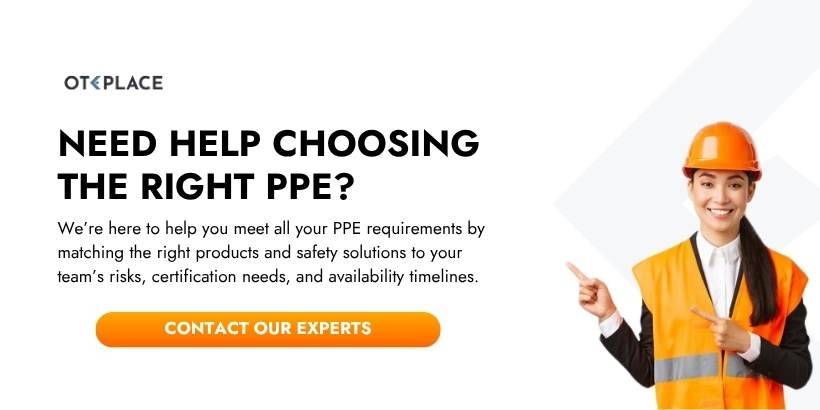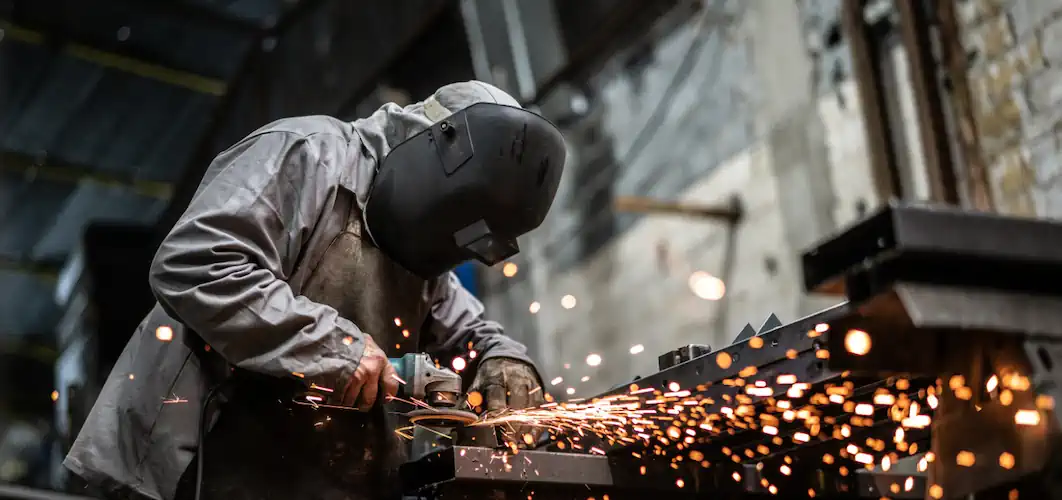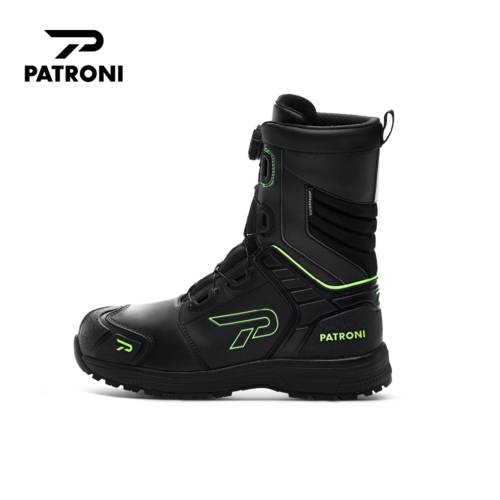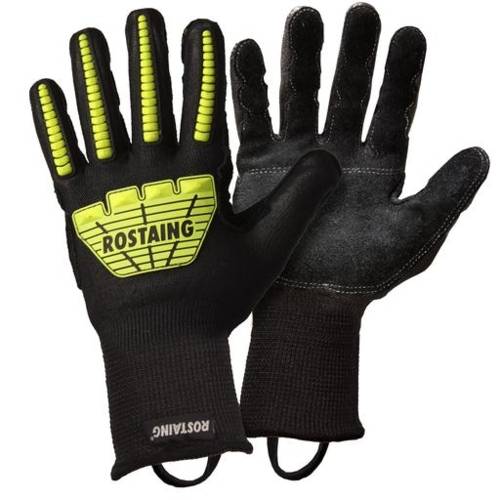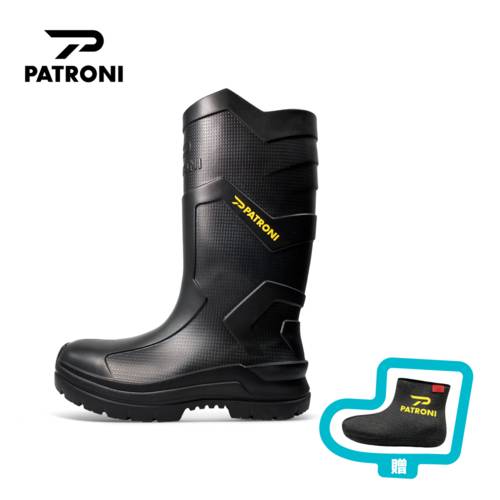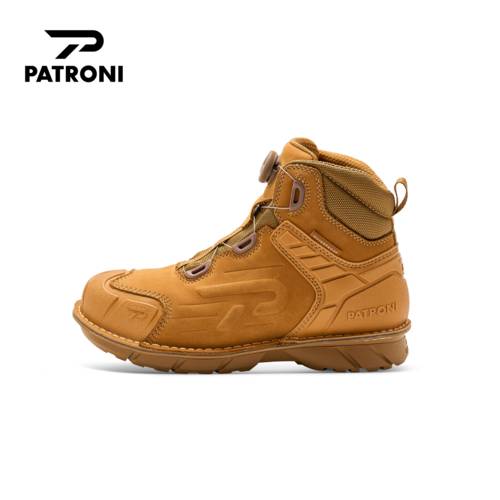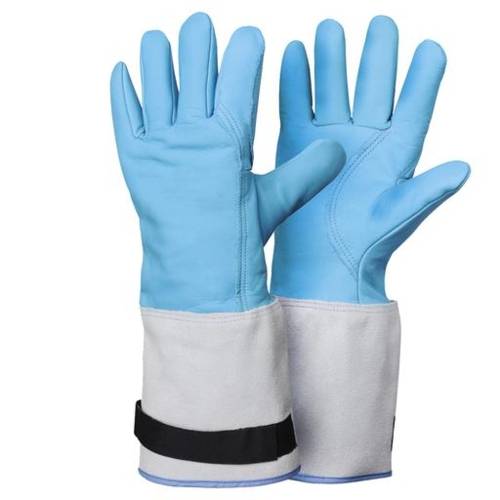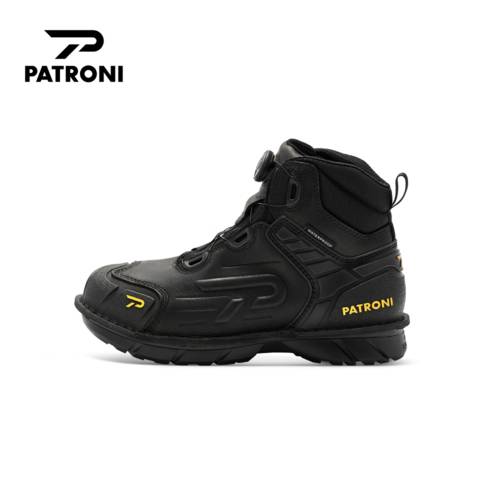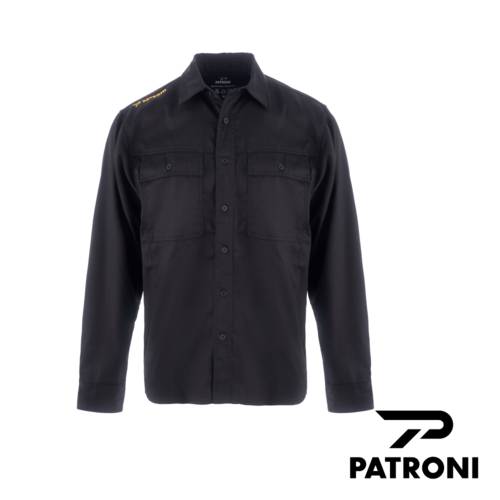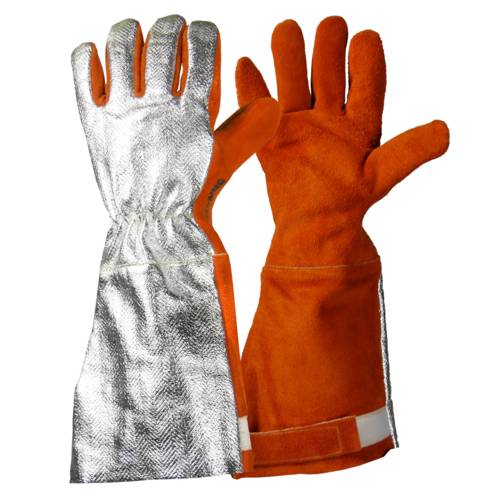What Are the 4 Most Common Fall Hazards in Construction?
Working at great heights is part and parcel of construction work. Unfortunately, fall hazards are also among the most common causes of injuries and fatalities on construction sites. The good news, however, is that these incidents can be prevented with proper planning, employee training, and adherence to safety guidelines.
This essential guide is aimed at business owners, project managers, and supervisors looking to foster safer work environments and dramatically decrease the risk of fall hazards, ensuring that their team members make it home safely each day.
Table of Contents
Identifying Fall Hazards
On any construction site, there are typically four main types of fall hazards that you need to be aware of. These are elevated work surfaces, unprotected edges, floor openings, and unstable surfaces. Let’s take a closer look at each one.
- Unstable Surfaces
Unstable surfaces refer to any type of surface that could lead someone into a hazardous situation if they were not aware of its instability beforehand. This includes wet floors, uneven terrain, slippery surfaces (such as fresh paint), etc., which all pose potential threats if not properly secured before allowing workers onto them for their job duties.
1. Elevated Work Surfaces
Elevated work surfaces include anything above ground level such as ladders, scaffolding, or elevated platforms. Businesses must ensure that these surfaces have proper guardrails or handrails in place so workers do not slip or trip while working on them. Additionally, make sure that workers are wearing the necessary personal protective equipment (PPE) when working on elevated work surfaces such as hard hats and steel-toed boots.
2. Unprotected Edges
Unprotected edges refer to any edge of a surface that could lead to a fall if someone were to slip or trip over it without warning. For example, an open stairwell without guardrails is considered an unprotected edge hazard because someone could easily fall down it without any protection from falling further than intended. It’s important for employers to ensure that all unprotected edges have some kind of guardrail or handrail installed so accidents can be prevented from occurring.
3. Floor Openings
Floor openings refer to any type of gap in the flooring that could lead someone into a hazardous situation if they were to trip or slip over it without warning. These openings can be caused by faulty design or outdated materials used during construction which can make them hard to spot sometimes.
To prevent accidents from occurring due to floor openings, employers should inspect their sites regularly and repair any gaps found immediately before someone suffers an injury.
4. Unstable Surfaces
Employers should inspect their sites regularly for any signs of instability before allowing anyone onto them for work purposes in order to prevent accidents from occurring due to unstable surfaces present on the worksite.

Conducting A Hazard Assessment
A hazard assessment is an evaluation of potential hazards that may be present in the workplace. It involves identifying any risks or dangers that could cause an injury and taking steps to reduce or eliminate those risks. When conducting a hazard assessment, you should consider factors such as the environment, equipment, materials, tasks being performed, and employees' abilities to complete the job safely.
1. The Benefits of Conducting a Hazard Assessment
Conducting a hazard assessment can have many benefits for your business. By identifying potential hazards before they become an issue, you can save time and money by avoiding costly accidents or injuries. Additionally, conducting regular assessments can help ensure that safety practices are up-to-date and followed correctly. This will help protect both your employees and your business from liability if an accident does occur.
2. Identifying and Evaluating Fall Hazards
Accidents and injuries are an unfortunate reality for many construction workers, but falls are among the most common and potentially deadly. In fact, falls are the leading cause of fatalities in the construction industry. The good news is that many of these incidents are preventable with proper planning, training, and implementation of safety measures.
Here’s a step-by-step process to identify and evaluate potential fall hazards on your construction site, and discuss practical strategies to mitigate these risks and ensure the safety of your workforce.

-
Step 1: Conducting a thorough risk assessment
Before any construction project begins, it is crucial to conduct a comprehensive risk assessment. This involves identifying all potential fall hazards, including unprotected edges, open holes, unstable surfaces, and improperly erected scaffolding. It's essential to involve workers and supervisors in the risk assessment process, as they will have valuable firsthand knowledge of the site's specific conditions.
-
Step 2: Develop and implement a fall protection plan
After identifying all potential fall hazards, it's time to develop a site-specific fall protection plan. This comprehensive document outlines the specific measures that will be taken to protect workers from falls, including the use of guardrails, safety nets, and personal fall arrest systems. Additionally, this plan should include employee training requirements and proper procedures for site inspections and equipment maintenance.
-
Step 3: Provide proper training and ongoing education
Effective fall prevention begins with proper training and education. Workers should be thoroughly trained in recognizing fall hazards and the proper use of all fall protection equipment. Regular refresher courses should be offered to help workers stay up-to-date on the latest best practices and safety standards.
-
Step 4: Ensure the use and maintenance of appropriate equipment
The right safety gear is crucial for preventing falls on a construction site. This includes harnesses, lanyards, and anchorage systems designed specifically for fall prevention. It's essential to inspect all equipment regularly for signs of wear or damage, and promptly remove and replace any substandard equipment. Additionally, providing workers with secure storage for their personal fall protection equipment can help ensure its longevity and effectiveness.
-
Step 5: Encourage a proactive work culture
Preventing falls on construction sites is about more than just having the right policies and equipment in place. It also takes a strong safety culture where workers and supervisors prioritize safety and feel empowered to report and address hazards. Encourage open communication about potential fall risks, and support workers in proactively identifying and reporting unsafe conditions. Regular safety meetings and site walkthroughs can also help ensure that everyone on the site remains focused on minimizing fall risks.

Assessing the Right Fall Prevention Measures
After identifying and evaluating fall hazards, employers and workers need to develop and implement control measures to reduce or eliminate the risk of falls. These measures can be grouped into three categories: engineering controls, administrative controls, and PPE.
- Engineering Controls
- Administrative Controls
Administrative controls focus on developing safety policies and procedures, as well as providing the necessary training to workers. This may involve conducting safety meetings or toolbox talks, implementing a buddy system, or designating a safety officer for the worksite.
- Personal Protective Equipment
Engineering controls focus on designing or modifying the work environment to prevent falls. Examples include installing guardrails, using safety nets, and creating a fall arrest system.
PPE includes devices that workers wear to protect themselves from fall hazards. This may involve the use of safety harnesses and lanyards, helmets, and non-slip footwear.
